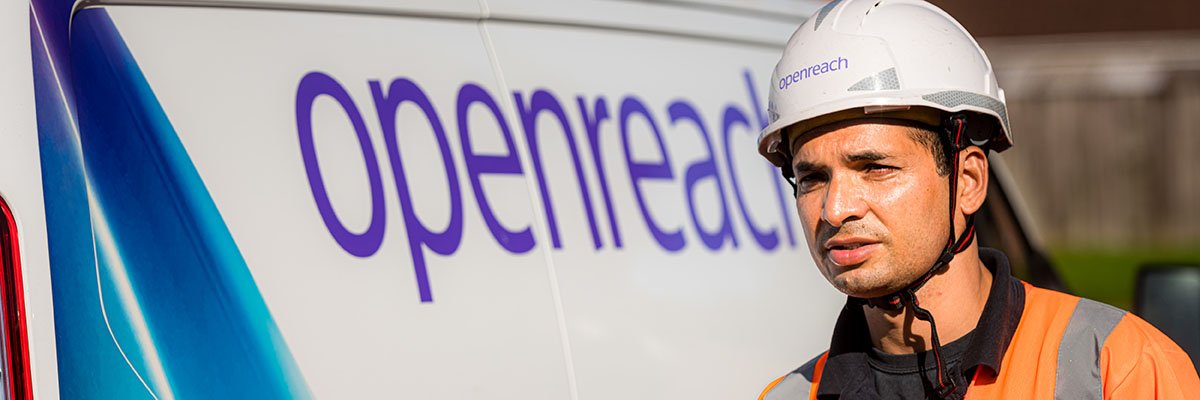
Openreach, the UK’s leading broadband network provider, has revealed plans to enhance its network services, introducing a symmetric 1Gbps broadband speed tier in certain locations to provide further choice when ordering a service over its ultrafast full-fibre network.
In essence, the business aims to make the new service available at premises that make up its Type C bid to build full-fibre in partnership with the government’s wider £5bn Project Gigabit programme, which specifically targets places typically regarded as too expensive for commercial providers to reach in their build and which would otherwise be left behind with poor digital infrastructure.
Openreach said it’s looking to upgrade the final, and trickiest, 20% of the UK to gigabit-capable speeds. Just days ago, the provider announced it won £800m in UK government investment to deliver access to gigabit-capable broadband to around 312,000 homes and businesses across the nation under Project Gigabit.
Around £170m of the development is being made available to deliver digital infrastructure fit for the future and ensure rural businesses can thrive in Wales, aiming to benefit around 70,000 hard-to-reach homes and businesses.
Pricing and commercial terms for the new symmetric service product, which Openreach said it will look to launch in April 2025, will be confirmed in due course.
Customers signing up to the 1Gbps symmetric service will be able to use their existing optical network terminals.
Looking at use cases for the ultrafast symmetrical service, Openreach cited the upload of large files, such as videos, graphics and software. The extra bandwidth is seen as helpful for content creators, reducing latency and ping times, providing a smoother and more responsive experience for online gamers, or boosting cloud-based applications and services, as uploading and accessing data are equally fast.
Openreach product manager Matthew Sledge said: “Last year, we successfully launched to Communication Providers new download speeds of up to 1.8Gbps over our full-fibre network, and we’re keen to continue pushing the capabilities of the network so we can further diversify our portfolio and offer our CP customers, and their own end customers, a broader choice of competitive fibre-based products.
“At the current time, we are focusing the new product on a deployment in selected Project Gigabit Type C areas, where we can assess demand and usage,” he said. “With broadband data usage growing year on year, we’re also planning for the future, and have recently engaged our Communications Provider customers on the next phase of full-fibre network architecture, e.g. XGS-PON. We are seeking their feedback on what end customers’ future speed requirements might look like.”

Comentarios recientes